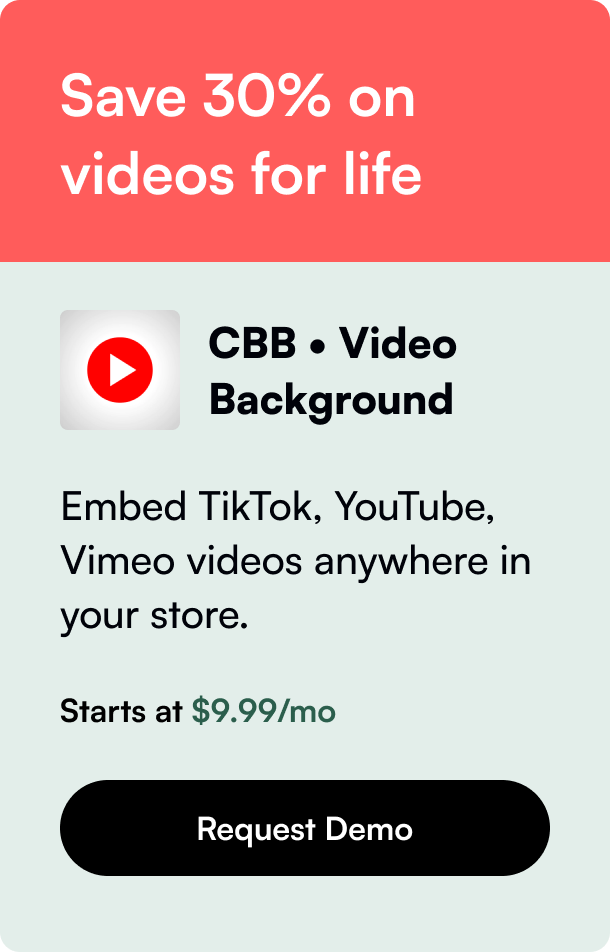Table of Contents
- Introduction
- Understanding The Order Fulfillment Shopify API
- Using the Shopify API for Improved Fulfillment
- Addressing Custom Fulfillment Challenges with the API
- Conclusion: Bringing It All Together for Seamless Fulfillment
- FAQ Section
Introduction
Are you running an online store on Shopify and looking to improve your order fulfillment process? Thanks to the power of APIs, you can streamline and automate vital parts of your eCommerce business to ensure a smooth experience for your customers. The order fulfillment Shopify API plays a critical role in this automation. But what exactly is an API, and how can you leverage it to fulfill orders more effectively? This blog post is your ultimate guide to understanding and using the Shopify API for order fulfillment.
Understanding The Order Fulfillment Shopify API
Before diving into the specifics, let's clarify what an API is. API stands for Application Programming Interface, which in the context of Shopify, enables your shop to interact with external software applications. It acts as a bridge, allowing different programs to communicate with each other without manual input. For Shopify store owners, this means that certain tasks, like order fulfillment, can be partly or entirely automated.
Key Aspects of Order Fulfillment in Shopify
Order fulfillment via Shopify's API can include viewing fulfillments for an order, managing multiple fulfillments, and updating tracking information, among others. These functionalities enhance efficiency and are particularly useful for stores with high volumes of orders. The Shopify API empowers apps that perform shipping-related actions, demand accurate tax calculations, and facilitate delivery updates, thus making the process seamless and error-free.
The Fulfillment Workflow Evolution
Shopify's fulfillment workflow has undergone many changes, transitioning towards a model that segregates the fulfillment process into different stages. This has been done with an underlying goal to offer more granularity in order management and to provide merchants with a comprehensive view of order statuses.
Using the Shopify API for Improved Fulfillment
The Anatomy of Fulfillment Orders and Fulfillments
When an order is placed on Shopify, fulfillment orders are generated automatically. These represent either single items or groups of items to be shipped from the same location. Once you start working on fulfilling those items, the actual fulfillment is created to depict the in-progress or completed work. These fulfillments are necessary to complete a fulfillment order, and they symbolize the physical movement of goods towards the customer.
Step-By-Step Guide to Utilizing API Calls for Fulfillment
- Firstly, you need access scopes: make sure you have the right permissions to use various endpoints.
- To view fulfillments for an order, retrieve fulfillments associated with the specific order id.
- To cancel a fulfillment, use the
postmethod with cancellation parameters. - Fulfill all line items from one location, using the
fulfillmentresource.
Managing Tracking Information
You can manage the elaboration and updates related to tracking information directly through the API. This data integrity is crucial for providing customers with visibility into their order's status.
Insights and Additional Functionality
Apart from these primary functionalities, advancements are expected around topics such as automatic rerouting based on optimization algorithms, and improved exception handling for logistics anomalies, enhancing the order fulfillment process further.
Addressing Custom Fulfillment Challenges with the API
When handling fulfillment orders on Shopify, it's essential to understand the implications and choices you face. Here are some key insights:
- Fulfillment orders represent preparatory work necessary to get a product to a customer.
- For digital products, this could mean automatically sending a digital file upon purchase, whereas, for physical goods, it might involve the shipping process.
- API endpoints may differ based on fulfillment types and product specifics.
Conclusion: Bringing It All Together for Seamless Fulfillment
Optimizing your use of the Shopify API for order fulfillment can considerably enhance both your business's operational efficiency and your customer's experience. It's about strategically integrating this technology with your existing fulfillment processes. By utilizing the endpoints described and accommodating them within your workflow, you ensure every order is a step towards growing customer satisfaction and loyalty.
FAQ Section
Q: How do I automatically update order status to 'fulfilled' using Shopify API?
A: You can update order status to 'fulfilled' by using the POST method at the /admin/api/2022-10/orders/{order_id}/fulfillments.json endpoint with the necessary parameters, including the location_id and tracking details.
Q: Can I manage multiple fulfillment locations using the Shopify API? A: Yes, Shopify's API allows you to interact with multiple fulfillment locations. You'll need to use the appropriate access scopes and work with fulfillment order-related endpoints.
Q: Is it possible to customize the tracking information sent to customers via the API? A: Absolutely. You can tailor the tracking information, including the company's name, tracking number, and tracking URL, to be in sync with your shipping carrier's updates, and relay this via the API.
Q: What are the best practices for ensuring successful API integrations for fulfillment in Shopify? A: Ensure you have the right access scopes, stay within the API call limits, properly handle API responses (especially for errors), and make sure you confirm successful completions with the appropriate updates to order statuses.
Q: Can I use Shopify's API to send fulfillment updates to customers automatically? A: Yes, you can configure your API calls to send automatic notifications to customers whenever an order status changes. Implementation will largely depend on the logic within your app that interacts with Shopify's API.
By taking full advantage of the Order Fulfillment Shopify API's capabilities, you can transform order fulfillment from a mundane task into a strategic advantage for your business.








